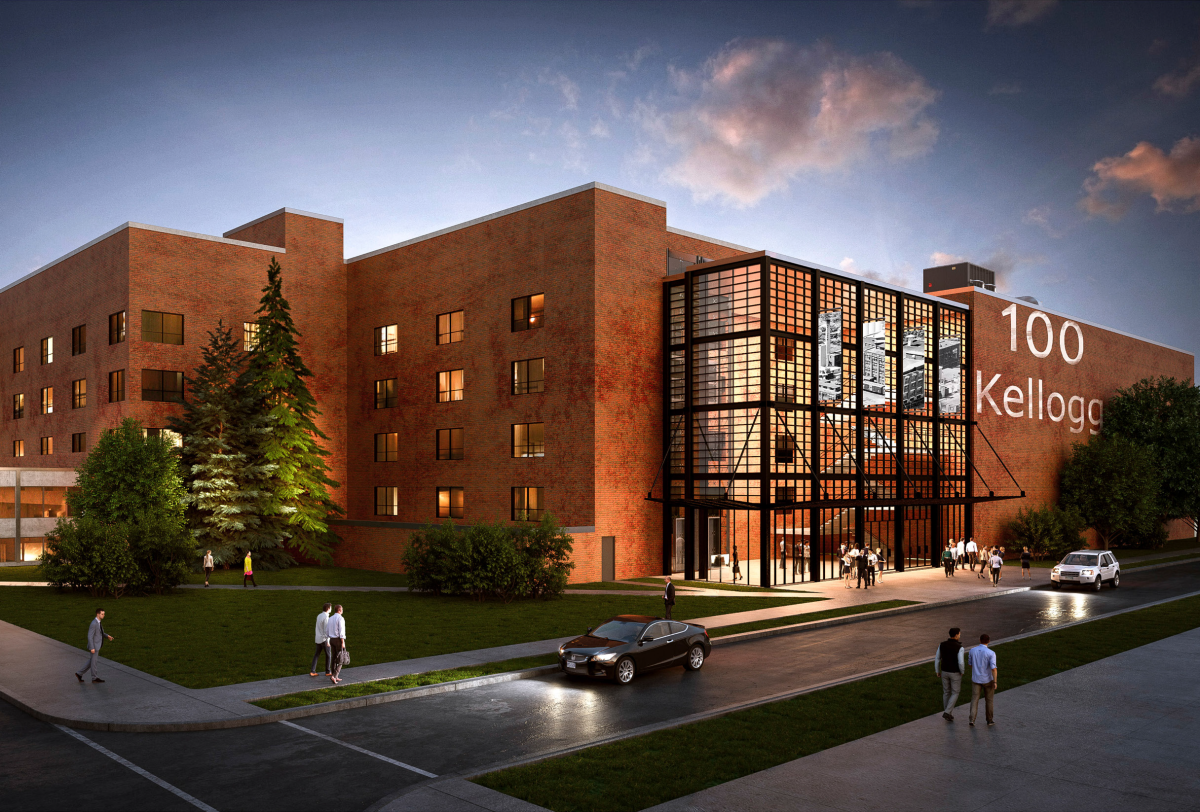The former Kellogg’s plant is one step closer to redevelopment.

On Tuesday, the planning committee unanimously approved zoning changes necessary to turn the old cereal factory into a multi-purpose facility.
“I’m always impressed how the applicant, community, and staff have worked together on such a large application, and the adaptive reuse of this whole area, to me, is really something that we should be applauding,” said Ward 9 Coun. Anna Hopkins.
E&E McLaughlin’s decision to revamp the current structure rather than demolish and rebuild was not lost on committee members.
“I also wanted to commend the applicant for…basically retaining all these buildings. I think it’s … a lot easier, to buy things, knock them over, and build new stuff,” said Ward 4 Coun. Jesse Helmer. “I don’t want it to be lost on anybody that what’s being proposed here is an adaptive reuse of a million square feet of property, trying to find new uses for it. What’s really being changed here is zoning and not the building footprints. I think it’s really important that we recognize that.”
Helmer also raised concerns about the development’s connectivity to the community, saying it’s important the design doesn’t restrict access into the neighbourhood.
Planning boss John Fleming put those concerns to rest, saying E&E McLaughlin is committed to a decent pedestrian experience along Kellogg Lane.
The amendments go to council for full approval next week.
Phase 1 of the 100 Kellogg development is set to open early next year, and will see portions of the former plant used for The Factory, an indoor adventure area, complete with go-karts, a trampoline park, and the continent’s largest indoor ropes course, Silverstacks, a new craft brewer, an office tower with up to 90,000 square feet of office space, and a warehouse, officials said.
The former cereal plant opened in 1907 but was closed in December 2014 when most of the jobs were shipped south to the U.S., leaving more than 500 without work.
In August, plans for the redevelopment were released. According to officials, Phase 1 alone will generate 15 full-time and 65 part-time jobs.








Comments